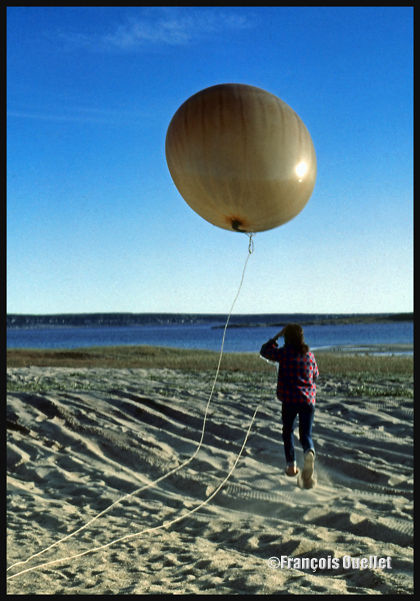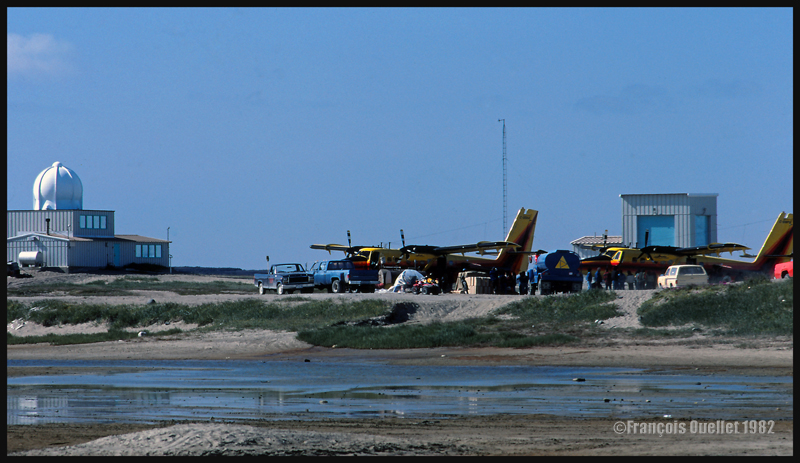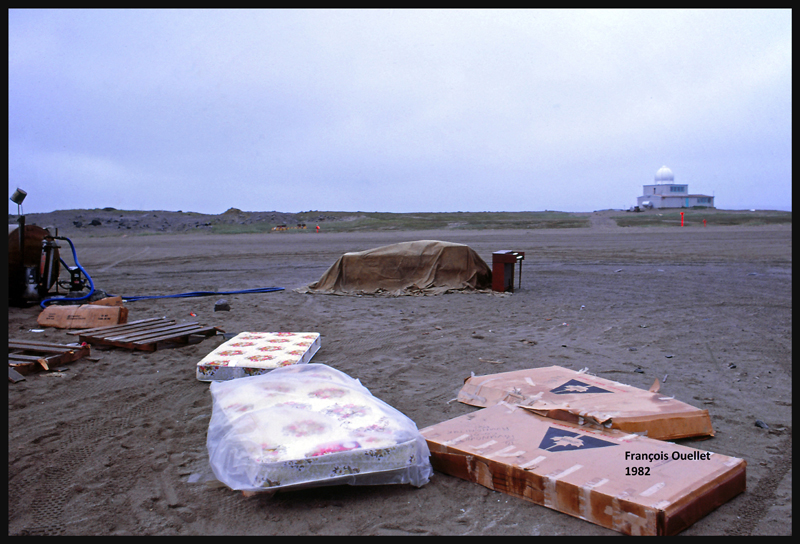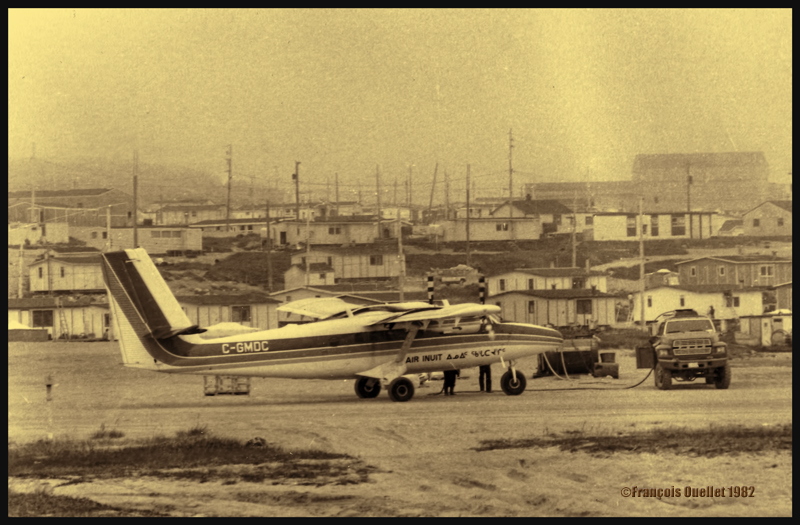(Precedent story: assertions concerning the massacre of sled dogs during the fifties and sixties)
When I was working as a Transport Canada flight service specialist (FSS) in Inukjuak (CYPH) (Nunavik) in 1983, I witnessed the creation of a most improbable UFO. According to its duties, the Environment Canada staff at work in the upper air station had to launch, twice a day, a free-rising balloon which could go up to approximately 70,000 feet. These hydrogen filled balloons were pulling a radiosonde which was transmitting data such as wind speed and temperature at all altitudes.
One day, an observer attached a small battery on the probe as well as five battery fed bulbs. The balloon rate of ascent was corrected to take into account the additional weight of the new equipment. Finally, at darkness, the whole installation was launched. The only thing an observer on the ground could see in the sky was five lights moving quickly together while maintaining the same spacing. The speed and height of the unknown formation were impossible to determine since there was no ground reference.
Observed from the ground, this UFO could be either at 100 feet or at a very high altitude. The object was totally silent and seemed to be moving like nobody’s business. A UFO is now identified, decades later.
(Next story: a kitchen used as a navigational aid)
For more real life stories of a FSS in Inukjuak, click on the following link: Flight service specialist (FSS) in Inukjuak



